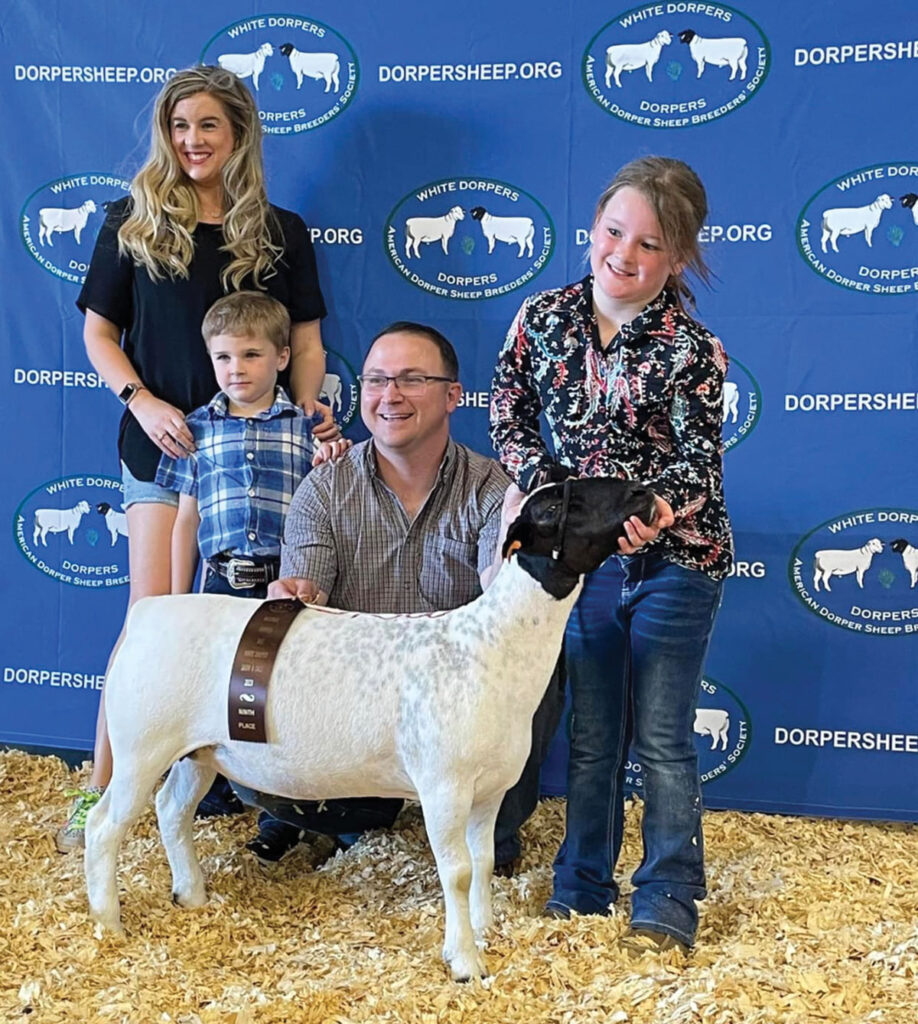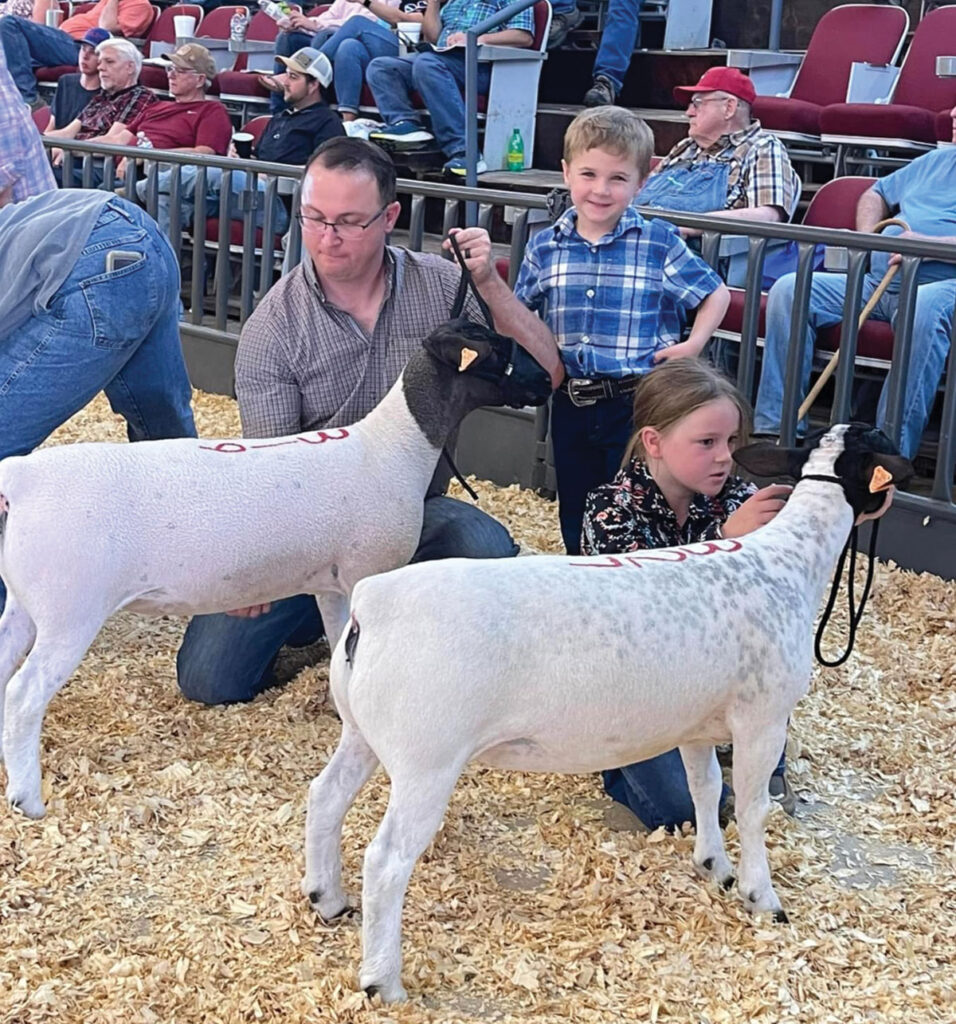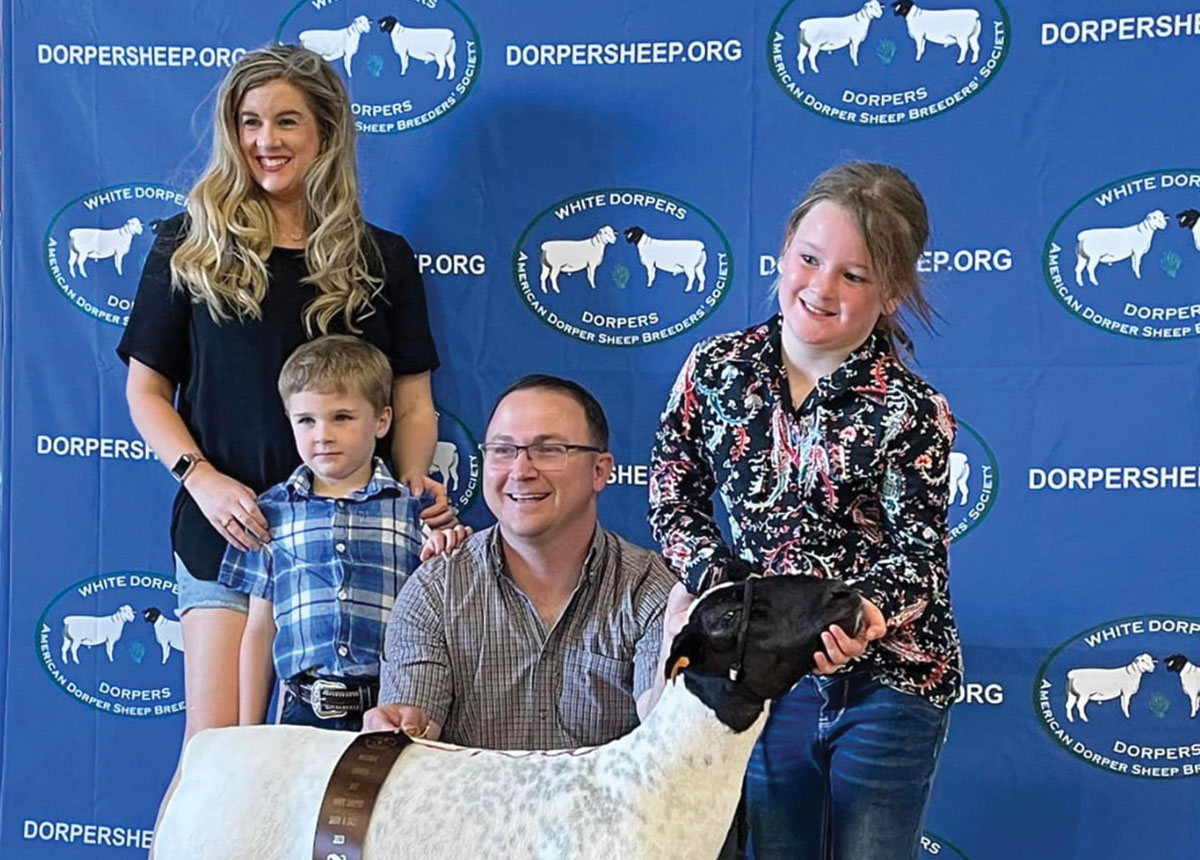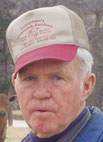
The Weavers began to focus on quality over quantity when they relocated to the Ozarks
SPRINGDALE, ARK. – Lance and Amanda Weaver met in college while pursuing their master’s in ag econ at Oklahoma State University. While in their studies Lance’s work revolved around farm and crop production policy, while Amanda in consumer preferences and policy. In 2016, she went on to earn her PhD and he a became an ag lender.
After college, they moved to the Amarillo, Texas, area, which was closer to Lance’s hometown. Within a few years, the couple began a small ranching operation. It didn’t take long for Lance to start looking for alternatives to beef cattle. He wanted something that could use pasture better, and potentially generate better profits. He started researching sheep. In the process, he found out many sheep producers do not take out loans. When he asked why, the reply was, “They (the sheep ranchers) didn’t need them because they were self-sufficient.” Lance then started seeking council as to what type of sheep to buy. The consensus leaned toward Dorpers.
The Dorper breed was developed in the 1930s in South Africa by cross breeding the Blackhead Persian Sheep, a hair sheep, to the Horned Dorset, a wool breed. The Blackhead Persians brought remarkable fertility and the ability to breed back quickly to the cross. They also have a proclivity to produce a higher number of twins. The Dorsets contributed heavy muscling to the progeny and the ability to grow off very rapidly. Other advantages to the breed are their ability to survive in harsh conditions, they are non-selective grazers, they are less prone to pressure both internal and external parasites, and hang an excellent carcass.
“We really pride ourselves as a breed in the carcass we can produce in these animals. There is a lot of marbling in the meat, and they dress well,” Lance said. “Because they are a hair breed, they rarely have to be sheared.”
The original line produced both black-headed and solid-white animals. In 1964, the breed split into two separate associations. The sheep with black heads are called Dorpers and the white sheep were called White Dorpers. Other than color, there are there are slight differences, but breed advantages are equal.
In Texas, their first flock consisted of 300 sheep, with full-blooded, registered rams on commercial ewes. It was a large operation and required a lot of work. Amanda, originally from Northwest Arkansas, wanted to move back home to be closer to her family. Their daughter Ella was just about to start kindergarten, so the decision was made to sell the flock and move. They had started talking about getting into stock shows and decided to build a registered flock on a smaller, more manageable scale, so they could maintain a higher level of selectivity in their genetics.
“We may never have a big flock, but we want to eventually have some of the best genetics in the country,” Lance said. “We will strive to have proven sires with a EPV for each one.”
EPV is the prediction of performance of future progeny, and it is used to predict birth weights, weaning rates and in wool sheep the fleece weight and grade. It also helps to ensure the history of health within the lineage.
The Weavers are running 21 ewes on 5 acres, 2 acres fenced into two separate, long paddocks for rotation grazing.
“There was a big learning curve coming from Texas to Arkansas,” Lance said. “We had feed problems in Texas; we did not have enough grass all the time, but we had very little disease or parasites. Here, we have plenty of grass, but we have internal parasites and foot rot to deal with. Those two things we have fought and fought.”
They work with Small Ruminant Extension Specialist Dr. Dan Quadros. Lance appreciates that Dr. Quadros is a visionary and is grateful the U of A has great 4-H leaders and extension specialists who supply information and resources for their operation. They rely on the U of A for fecal, blood, hay and feed testing.
They send feed samples every time they get a new ration mixed.
“The lab has something going for us almost all the time,” Lance said.

They are currently using Barenbrug Browsemaster as their grazing mix, along with Red River Crabgrass. The Browsemaster mix contains some beneficial plants, such as chicory, that provide an additional level of parasite control, and the sheep do well on it.
The Weaver children, Ella (8) and Jackson (5), love to show sheep and are members of the Hogeye 4-H Chapter and Arkansas Youth.
“I like to win ribbons, and I like that you can show them and have fun,” Ella said. “If they are sweet, you can pet them a lot too.”
“Amanda is the Show Momma. For her, it is a huge time commitment; she is the one who is always having to pack us up for a show and making sure we are all fed and taken care of,” Lance said proudly of his wife. “She has been more instrumental than she thinks in terms of helping us get where we are today. She is the voice of reason and the one who knows best how to drive the idea of getting our product into the local economy.
In addition to having an elite breeding program, the Weavers would like to be able to provide lamb to local restaurants. They are working with a USDA-approved processing facility in Van Buren, Ark. Lambs are raised to around a year of age and approximately 115 pounds before they are sent for processing. Because they are using a USDA-approved facility, the Weavers can sell by the cut or boxed bundle. Each box averages around 40 pounds.
“Dorpers, being crossed with a hair sheep, have a milder flavor,” Lance explained. “The meat is easier to process; it is a cleaner animal. Its more like a calf than other breeds of sheep.”
Lance and Amanda want to build a local concept of having a product that is “raised with care by your neighbors,” assuring the consumer of the product quality they are putting on their tables.
“We are using the best practices and management concerning our flock health and our feed rations,” Lance said. “We try to make it where our grass makes sense for our sheep, and our sheep make sense for our grass. We are thankful for the collaborations of our key partners, the University of Arkansas, and many other professional groups within the state of Arkansas. We are very appreciative to the University of Arkansas for hiring a full-fledge extension specialist for small ruminants so that is now easier for small tract operations to gain access to the latest research practices.”







